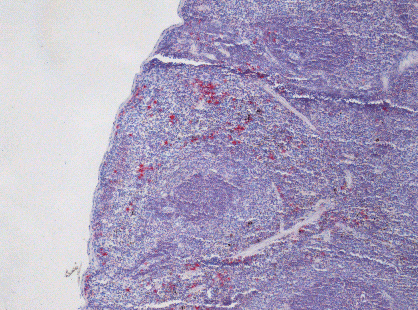Siglec-H, Mouse, mAb 440c
€133.00 – €510.00
The monoclonal antibody 440c reacts with Siglec-H, a cell-surface receptor molecule selectively expressed on murine natural interferon producing cells (IPC), also called mouse plasmacytoid dendritic cells (pDC). Siglec H is unique among Sialic acid-binding Ig-like lectins (Siglecs) proteins because it associates with the adaptor protein DAP12. DAP12 recognize certain viruses and CpG-DNA through TLR9, resulting in secretion of IFN-alpha, IL-12 and proinflammatory chemokines. Together these cytokines and chemokines recruite and activate NK cells and T cells as well as modulating the antigen presenting function of dendritic cells (DC). IPC themselves also function as antigen presenting cells that expand memory T cells and induce Th1 differentiation. Therefore IPC may provide a first line of host defense against viral infections by activating both innate and adaptive responses in vivo. The monoclonal antibody 440c exclusively recognizes mouse Siglec-H in all lymphoid organs under both normal and inflammatory conditions. Siglec-H is normal present in the T cell zone of lymph nodes and spleen. Incubation of IPC with antibody 440c in vitro or administration of antibody 440c in vivo reduces secretion of IFN-alpha in response to CpG DNA without causing IPC depletion.

